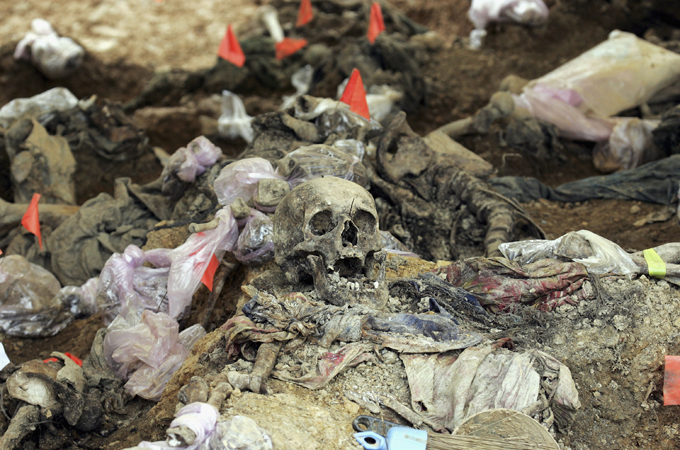Fostul lider militar al sârbilor din Bosnia, Ratko Mladic, a fost condamnat miercuri de Tribunalul Penal Internațional pentru fosta Iugoslavie (TPIY) în 10 din cele 11 capete de acuzare, printre care și pentru genocid, la închisoare pe viață, informează Reuters.
Mladic era inculpat pentru 11 capete de acuzare, în special pentru rolul său în asediul asupra orașului Sarajevo și în masacrul de la Srebrenica în timpul războiului din 1992-1995 din Bosnia (soldat cu peste 100.000 de morți).
Mladic este supranumit Macelarul din Balcani, pentru cruzimea crimelor comandate asupra populatiei civile si pentru numarul urias al victimelor.





